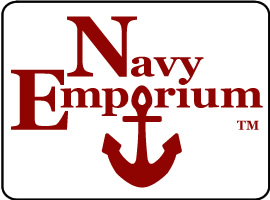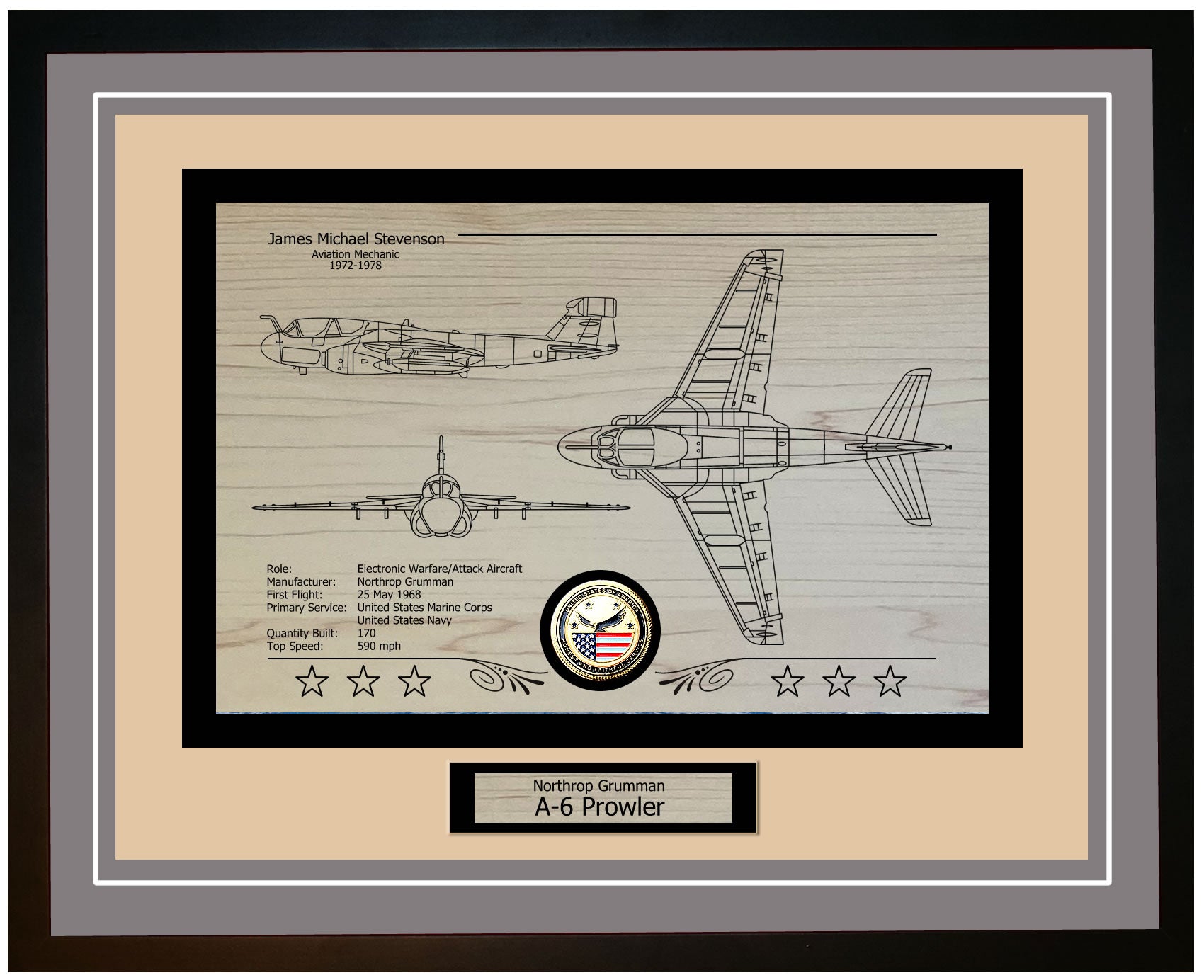During World War II, the USS Sedgwick County (LST 1123) was built as a tank landing ship, showcasing advancements in naval engineering and shipbuilding. The keel for LST 1123 was laid on December 16, 1944, at the Chicago Bridge and Iron Company in Seneca, Illinois, a shipyard known for its expertise in constructing vessels. Launched on March 10, 1945, the ship underwent fitting out and sea trials before being commissioned into the United States Navy on March 30, 1945. This construction project was part of an initiative to enhance the Navy's capabilities essential for operations in the Pacific Theater.
Named after counties in Colorado and Kansas, the USS Sedgwick County followed a tradition of naming LSTs after U.S. counties, establishing a bond between the Navy and the American public. Sedgwick County, Kansas, has a significant history in agriculture and industry, honoring citizens whose contributions supported the war effort.
Noteworthy characteristics of the USS Sedgwick County included its design and adaptability. As an LST (Landing Ship, Tank), it was specially designed to carry vehicles, supplies, and soldiers to shore without relying on ports. It measured 328 feet in length and 50 feet in width, weighing around 4,080 tons when fully loaded. With its hull and bow doors, it could swiftly deploy tanks and heavy machinery during amphibious assaults.
The impact of the USS Sedgwick County on the U.S. Navy was profound, showcasing the importance of warfare capabilities. Alongside LST 1123 and similar vessels, it played a crucial role in operations by providing essential support for sustained military campaigns. By transporting troops and equipment to the front lines, it streamlined supply chains and boosted operational efficiency. This contribution was significant not only during World War II but also influenced the design and use of modern amphibious assault ships.
Belonging to the LST 542 class, the USS Sedgwick County featured advancements compared to earlier models. These improvements included a new propulsion system, enhanced armor protection, and upgraded living quarters for its crew. The main goal of the LST 542 class was to assist in missions by carrying and unloading tanks, vehicles, supplies, and soldiers onto undeveloped shores. This capability was crucial for conducting large-scale invasions and establishing footholds in enemy territory.
Despite being put into service near the end of World War II, the USS Sedgwick County remained active after the war, participating in training drills and missions. The design and functions of the vessel continued to shape tactics and ship construction methods, highlighting the significance of amphibious operations in modern naval warfare. The service history of the USS Sedgwick County serves as a tribute to the innovation and strength of the U.S. Navy during this pivotal period in history.
Steel Titan of the Seas: Unveiling the Structure, Technology, and Armament of USS Sedgwick County LST-1123
The USS Sedgwick County (LST 1123) served as a tank landing ship for the United States Navy, designed to carry troops, vehicles, and equipment to shore without requiring docks. The ship featured a sturdy steel hull measuring 328 feet long and 50 feet wide, with a draft of 14 feet when fully loaded. Its design allowed it to beach itself for cargo unloading, and the bow doors and ramp were essential for deploying tanks, trucks, and heavy gear. The superstructure was positioned at the back of the ship, providing ample space on deck for cargo and vehicles.
In terms of technology, the USS Sedgwick County was equipped with navigation and communication systems typical for its era. It featured radar and sonar systems that enhanced its capabilities by ensuring effective navigation and detecting potential underwater threats. Propelled by two General Motors 12-567 diesel engines generating a combined 1,700 horsepower, the ship could reach speeds of around 12 knots. The engineering systems were carefully crafted for reliability and easy maintenance, enabling it to function in environments ranging from the calm waters of the Pacific to the rough seas of the Atlantic.
Regarding armament, the USS Sedgwick County was equipped with a variety of weapons to defend against surface threats. Its main armament consisted of two 40mm aircraft gun mounts, which were highly effective against enemy aircraft. The ship was also armed with 20mm Oerlikon cannons for close-range defense against fast-moving targets. These weapons were strategically positioned around the ship to provide a 360-degree firing range, ensuring robust defensive capabilities. The crew was well trained in operating these weapons, always prepared to counter any threats.
In addition to its weaponry, the USS Sedgwick County had the capacity to carry and deploy vehicles and equipment. Its cargo deck could accommodate tanks, trucks, and other heavy machinery, while its well deck allowed for transporting landing craft. This versatility made LST 1123 a valuable asset during operations, enabling it to deliver supplies and reinforcements directly to frontline locations. The USS Sedgwick County was well equipped to carry out its role in the United States Navy's warfare strategy, thanks to its design, advanced technology, and powerful weaponry.
USS Sedgwick County LST-1123 Crew Member Reports of Time Aboard
The USS Sedgwick County (LST-1123) holds a special place in the hearts of its former crew members, as evidenced by the heartfelt entries in its guestbook. These memories, shared by the ship's crew, paint a vivid picture of camaraderie, adventure, and the unforgettable experiences that come with serving aboard a naval vessel. Donald Dean Cavanaugh, who served as an E2 in 1950, is one crew member who reached out through the guestbook. His post reflects a deep desire to reconnect with his fellow sailors, highlighting the strong bonds formed during their time on the USS Sedgwick County. Cavanaugh's search for a crew list underscores the importance of these relationships and the shared history that binds them.
The guestbook entries collectively highlight the diverse experiences of the crew. From daily routines and challenges of life at sea to unique missions and ports of call, each memory contributes to a rich tapestry of naval service. Crew members recall the sense of duty and pride they felt in their roles, whether navigating the ship, maintaining its operations, or ensuring the well-being of their shipmates.
The USS Sedgwick County's voyages took its crew to various parts of the world, exposing them to different cultures and environments. These experiences broadened their horizons and fostered a sense of unity and teamwork. The shared hardships and triumphs created lasting friendships, as shown by Cavanaugh's ongoing search for his Navy buddies.
In summary, the memories shared by the crew of the USS Sedgwick County (LST-1123) in the guestbook are a testament to the enduring connections formed during their service. The ship was more than just a vessel; it was a home and a community where sailors forged bonds that have stood the test of time.
USS Sedgwick County LST-1123: Evolution of a Naval Workhorse and Its Enduring Legacy
The USS Sedgwick County (LST 1123) underwent upgrades throughout its years of service, ensuring it remained an important asset for the U.S. Navy. Initially put into service in 1945 as part of the LST 542 class, the ship received technological improvements over time. These enhancements included upgraded radar and communication systems essential for maintaining efficiency in a changing environment. The ship's propulsion systems were also upgraded to improve speed and fuel efficiency, allowing it to meet the demands of deployments.
The mission capabilities of the USS Sedgwick County were diverse, adapted to meet the evolving needs of the U.S. Navy. Originally designed for transporting vehicles, cargo, and troops to shore without requiring docking facilities, the ship excelled in various operations. Its sturdy design allowed it to function effectively in environments ranging from the Pacific Theater during World War II to the Vietnam War. The ship's versatility was further demonstrated by its involvement in missions such as disaster relief efforts and evacuation operations, highlighting its flexibility beyond combat duties.
Throughout its service, the USS Sedgwick County played a vital role in the fleet, contributing to various military operations. In the Korean War, the ship was crucial in assaults, including the well-known Inchon landing, which shifted the tide in favor of United Nations forces. During the Vietnam War, it supported a range of operations, from deploying troops to providing assistance, proving its value in Southeast Asia's complex and demanding conditions. The ship's capacity to deliver supplies and reinforcements directly to frontline areas underscored its significance.
The legacy of the USS Sedgwick County is defined by its service and adaptability. Throughout its years of operation, the vessel not only excelled in its primary amphibious warfare role but also adjusted to new responsibilities as needed by the Navy. Its enhancements ensured it remained an asset, while its diverse capabilities allowed it to contribute to various military and humanitarian endeavors. The USS Sedgwick County stands as a testament to the importance of versatility and innovation in engineering, leaving a lasting impact on the operational history of the U.S. Navy.
USS Sedgwick County LST-1123: A Legacy of Valor and Versatility on the High Seas
The USS Sedgwick County (LST 1123) played a significant role in conflicts throughout its service history, especially during the Korean War and the Vietnam War. Launched in 1945 toward the end of World War II, the ship showcased its strategic importance during the Korean War. It was pivotal in operations during the Inchon Landing in September 1950, which greatly benefited United Nations forces. The ship’s capability to deliver troops, vehicles, and supplies directly to shore without relying on port facilities proved invaluable in navigating the terrain.
During the Vietnam War, the USS Sedgwick County continued its service, participating in operations involving troop and equipment transportation to combat zones. Its adaptability and dependability were crucial in the Mekong Delta region, where conventional naval vessels faced difficulties maneuvering through waterways. Thanks to its design, LST 1123 operated effectively under these conditions, providing vital logistical support to ground troops. The ship not only transported personnel but also participated in combat missions, including artillery attacks and medical rescues, demonstrating its versatility during the conflict.
Throughout its time in service, the USS Sedgwick County received awards that showcased its performance and the dedication of its crew. It earned battle stars for its involvement in the Vietnam War, proving its active participation in crucial operations. The vessel also received the Navy Unit Commendation for its bravery and excellence in missions. These accolades not only highlight the ship’s success but also honor the courage and expertise of the sailors who served on board.
The legacy of the USS Sedgwick County (LST 1123) is marked by resilience, adaptability, and unwavering commitment to service. Whether facing waters near Korea or the sweltering heat in Vietnam, both the ship and its crew met challenges head-on. The numerous awards it garnered stand as a testament to its contributions to U.S. efforts and its impact on major conflicts of the 20th century. Today, LST 1123’s story serves as a reminder of the crucial logistical and amphibious capabilities in modern warfare.
USS Sedgwick County LST-1123 Ship Specifications
| Specification | Details |
|---|---|
| Class | LST-542 Class Tank Landing Ship |
| Commissioned | February 19, 1945 |
| Displacement | 4,145 tons |
| Length | 328 feet |
| Beam | 50 feet |
| Draft | 14.1 feet |
| Speed | 12 knots |
| Complement | 7 Officers 104 Enlisted |






